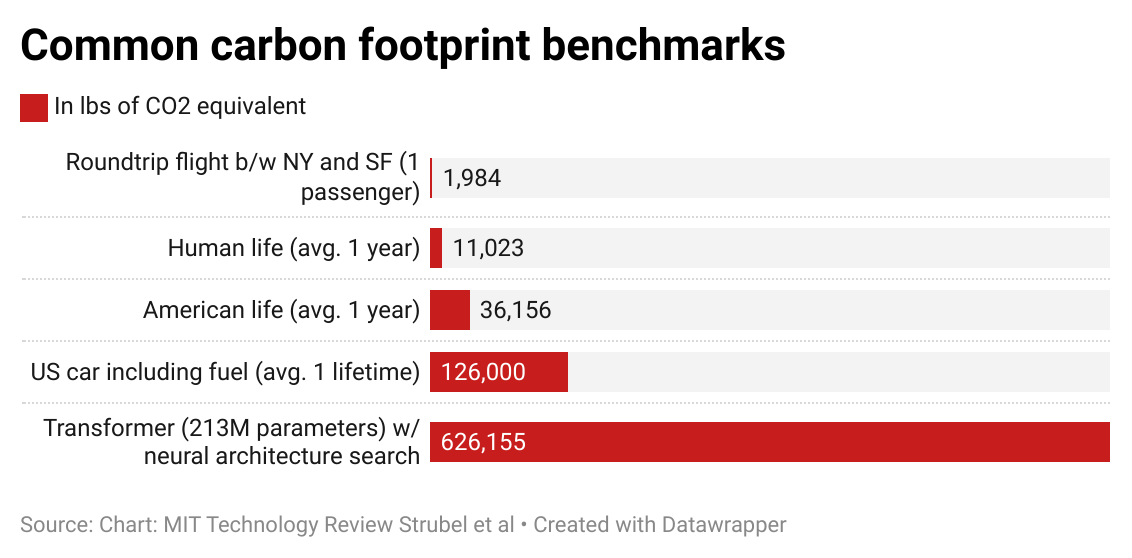AI's Carbon Footprint
Artificial intelligence (AI), especially deep learning, is making a big impact globally, leading to major advances in technology. Deep neural networks have revolutionized fields like computer vision and computational photography, enabling applications like visual object detection, human behavior detection, and visual search. These innovations are transforming industries from healthcare to transportation, demonstrating their significant impact on our daily lives.
In academic circles, the success of these technologies is evident in their performance. For example, on the ImageNet dataset, the error rate in image recognition is about 11.5%, showcasing the strength of these algorithms. Beyond their technical achievements, AI technologies are also driving economic growth by creating new industries and job opportunities.
However, the rapid advancement of AI comes with challenges. The high cost of training complex AI models could limit access to this technology, favoring large corporations and leaving smaller players, like startups and academic researchers, behind.
And then, there’s the environmental cost (Hao, 2019).

Researchers at UMass Amherst (Strubell et al., 2020) assessed the life cycle of training large AI models, finding that it can emit over 626,000 pounds of CO2 equivalent—nearly five times the lifetime emissions of an average American car.
Neil Thompson from MIT CSAIL warns that the environmental impact of AI is another growing concern (Thompson et al., 2021). The huge computational power needed for training AI models leads to high energy use and increased carbon emissions, contributing to global warming.
To quantify this alarming picture, MIT researchers found that training to achieve a 1% error rate would potentially cost more than US$100 quintillion (that’s not a typo, it’s \(100 \times 10^{18}\) US dollars) and result in 100 quintillion pounds (\(45 × 10^{18}\) metric tonnes) of carbon emissions. Thompson argues that when expenses continue to spiral out of control, researchers will have little choice to shift their focus to more efficient algorithms.
If AI continues to grow in complexity and resource demands, it could become an economic and environmental threat. Thompson’s research suggests that we might face extreme costs and significant carbon emissions for only slight improvements in AI performance.
Moreover, AI systems, despite their progress, struggle with more complex tasks. As these systems become more complicated, they are harder to understand and control, raising ethical concerns.
The future of AI will likely depend on developing more efficient and environmentally friendly algorithms. While there are challenges ahead, let’s hope that the potential benefits make it worth pursuing.
References
2021
2020
2019
Enjoy Reading This Article?
Here are some more articles you might like to read next: